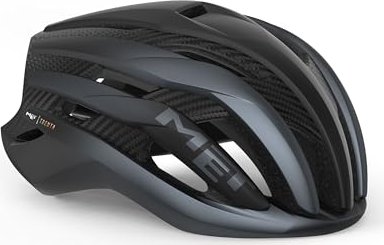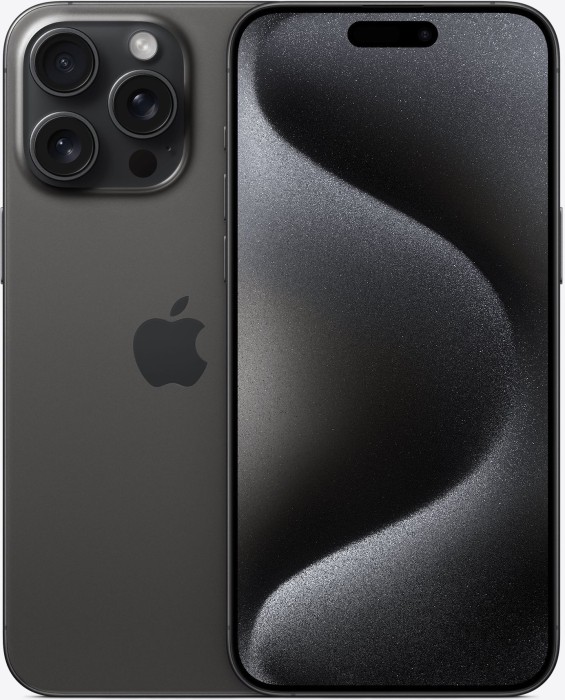MET Trenta 3K Carbon MIPS Helmet - Medium Iridescent Matt
The MET Trenta 3K Carbon Mips is a performance road helmet for elite cyclists, winner of Le Tour de France and the monumental Liège-Bastogne-Liège, it s engineered to keep your head fresh and save you energy with every pedal stroke. The MET Trenta 3K Carbon Mips is the most advanced road cycling helmet they have ever made.In-mould polycarbonate shell with EPS liner3K Carbon Technology, carbon cage embedded into the liner to enhance the performance of the shellMIPS AIR rotational management system engineered to add protection and save weightExceptionally comfortable and secure on the head thanks to refined internal shapeMET Safe-T Orbital Fit System360° Head belt, vertical and occipital adjustments leave you with an individual fitAir Lite straps with adjustable divider to maximise aerodynamic and comfort19 Vents, Internal engineered air channelling system to improve ventilation and comfortSunglasses ports to securely dock sunglasses when climbing or restingTube-shaped tail to improve aerodynamicsRear deflector to enable a constant airflow in riding positionLimited head contact surface to maximise the ventilationReflective rear decals to enhance visibility in low-light conditionsHelmet soft bag includedS , 52/56cmM, 56/58cmL , 58/61cmMET never compromise on performance, adding MIPS AIR they have integrated into the padding the lightest and most advanced rotational management system. The MIPS AIR was specifically developed and designed to be the lightest system possible to help reduce rotational energies otherwise transferred to the head during specific angular impacts. The MIPS AIR is integrated into the padding of the Trenta 3k Carbon Mips and enables 10-15mm of relative movement between the energy absorbing layer and the padding.The construction of the MET Trenta 3K Carbon Mips performs better than any other helmet on the market. The MET R&D team have taken advantage of the carbon s elastic modulus which allows them to reduce the density of the EPS foam by 20%, without affecting the capacity of the helmet to absorb energy. The result is a lightweight yet better-performing shell that sets a new standard for ventilated helmet design.Originally developed by NACA, a precursor to NASA, the position of this inlet at the front of the helmet has a cooling effect. Harnessing the power of the Venturi effect, the vent pushes out the warm air within the helmet through specially positioned exhausts. This ensures constant airflow through the helmet, without catching the wind and creating drag. The tail of the helmet also has an aerodynamic purpose. It works in synergy with the NACA front vent and the rear deflector to effectively drive airflow. It has a lower profile at the rear, which we developed thanks to specific wind-tunnel testing in the Newton laboratory of Milan.


















![DeLOCK Seriell [Stecker] auf Seriell [Stecker] 2m (82981)](https://gzhls.at/i/41/08/1134108-n0.jpg)

